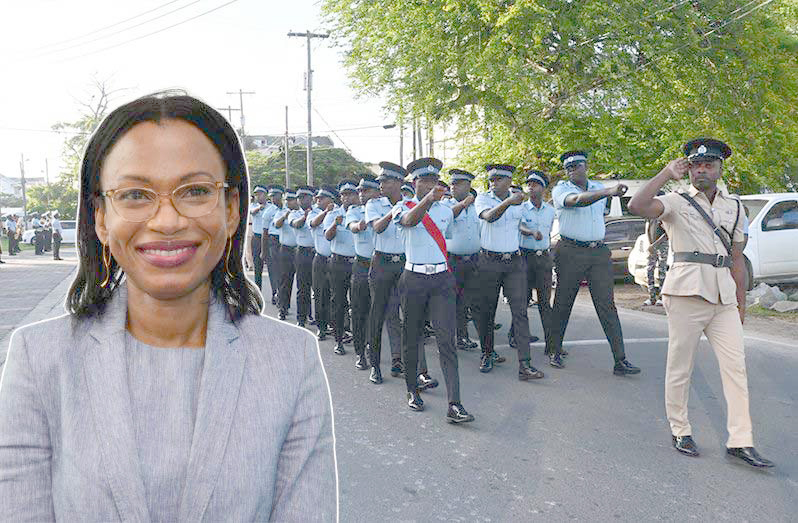Copyright Newsweek

Boeing will showcase its next-generation, stealth unmanned collaborative combat aircraft at the Dubai Airshow next week. "We’re particularly proud to introduce the MQ-28 Ghost Bat to the region, a pioneering collaborative combat aircraft that represents the future of manned-unmanned teaming and showcases how Boeing is redefining air power through autonomy and digital innovation," the company's regional director for the Middle East, Turkey, and Africa, Kirk Schultz, recently told the Beirut-based outlet Defense Arabia. Newsweek has contacted Boeing via email for further comment. Why It Matters As technology reshapes the battlefield, defense firms are racing to develop uncrewed jet drones, or “loyal wingmen,” that operate alongside human pilots. These drones extend the range, endurance, and awareness of manned aircraft while reducing risk to pilots. Experts say the future of aerial combat moves toward teaming manned and unmanned vehicles, enabling more agile, cost-effective, and survivable air operations. In the U.S., this effort is formalized under the Collaborative Combat Aircraft (CCA) program, which seeks to integrate loyal wingman drones with crewed fighters to enhance mission flexibility and operational effectiveness. What To Know Boeing’s MQ-28 Ghost Bat is an uncrewed combat aircraft designed to act as a force multiplier for existing military assets, developed in collaboration with the Royal Australian Air Force (RAAF). The ghost bat is an Australian native mammal known for teaming together in a pack to detect prey and hunt. The drone uses artificial intelligence and advanced autonomy to understand mission goals and respond to changing conditions. It can operate alongside crewed fighters, extending the reach and survivability of air operations in contested environments. The 38-foot-long aircraft, with a modular design, can fly more than 2,300 miles, deliver fighter-like performance, and enhance intelligence, surveillance, reconnaissance, and tactical early warning missions by fusing sensor and payload data from multiple platforms. The MQ-28 made its first flight in February 2021 and had completed at least 100 test flights by 2025. In June, the company said the aircraft conducted its first flight from an operational RAAF base. Other comparable aircraft include the XQ‑58A Valkyrie, produced by Kratos, Russia's Sukhoi S‑70, Turkey's Bayraktar Kızılelma, French firm Dassault's nEUROn, China's Feihong FH‑97, India's HAL CATS Warrior and Airbus' Wingman, according to AeroTime independent aviation news website. There is growing interest in the MQ‑28 Ghost Bat from the U.S. military, according to The War Zone outlet. Meanwhile, the U.S. Air Force has picked two prototype designs for its CCA effort including General Atomics’ YFQ‑42A and Anduril’s YFQ‑44A. What People Are Saying Kirk Schultz, regional director at Boeing, told Defense Arabia in an interview on November 5: "As Boeing continues to advance the MQ-28 program, the focus is on transitioning to operations with the RAAF while also exploring opportunities with international and regional partners." Captain Ron Flanders, a U.S. Navy spokesman, told The War Zone on April 15: “The partnership between the United States and Australia on the MQ-28 represents a new model of joint development, where allied nations co-design and co-produce high-end military capabilities. The U.S. has expressed strong interest in leveraging the MQ-28’s AI-driven autonomy and modular design for future air combat operations.” What Happens Next The MQ‑28 program has set up its production, training, and maintenance systems, and the RAAF aims to declare it fully operational by 2028.



